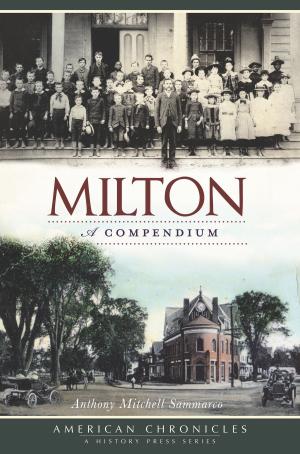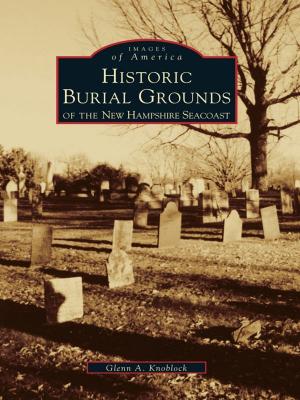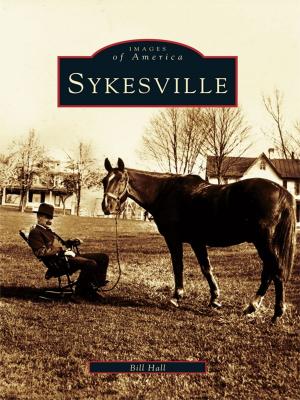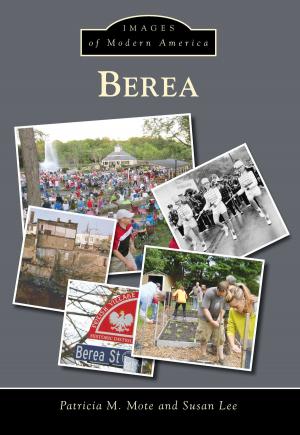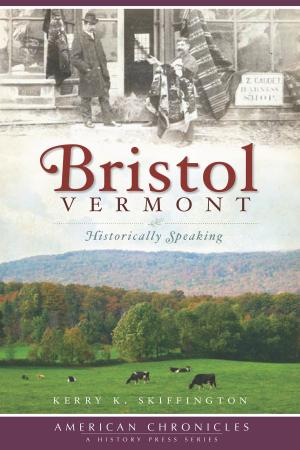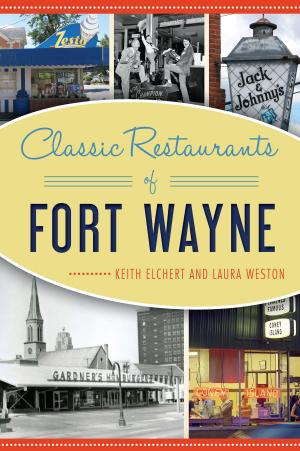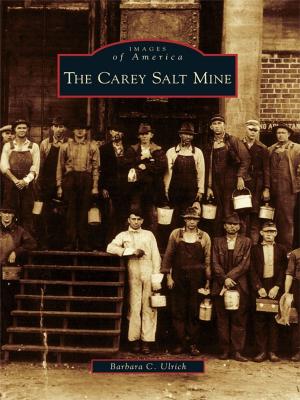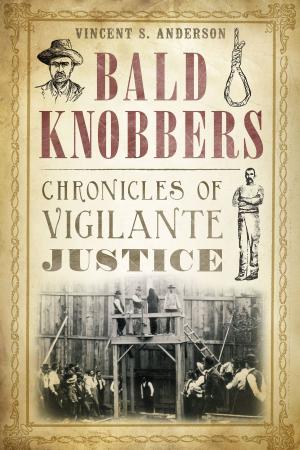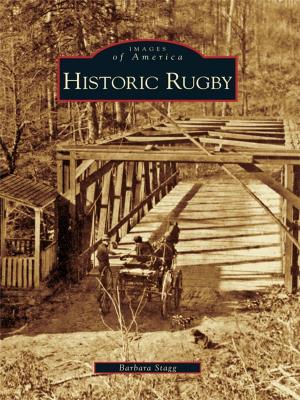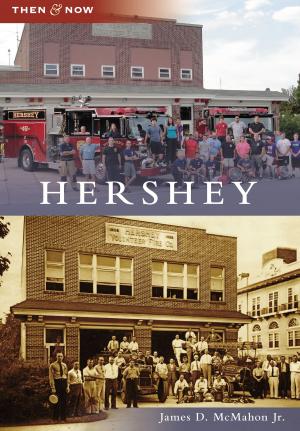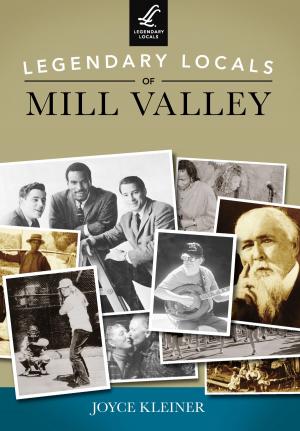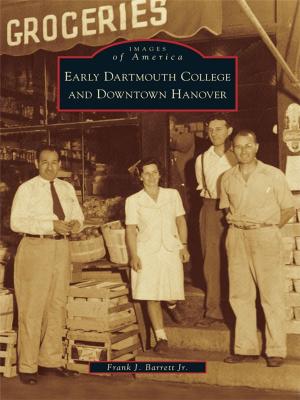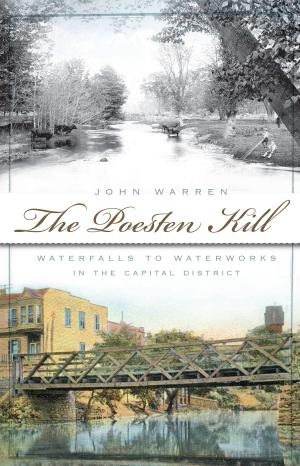| Author: | North Brunswick Historical Committee | ISBN: | 9781439638965 |
| Publisher: | Arcadia Publishing Inc. | Publication: | March 21, 2011 |
| Imprint: | Arcadia Publishing | Language: | English |
| Author: | North Brunswick Historical Committee |
| ISBN: | 9781439638965 |
| Publisher: | Arcadia Publishing Inc. |
| Publication: | March 21, 2011 |
| Imprint: | Arcadia Publishing |
| Language: | English |
North Brunswick, a large town spread over 12 square miles, has a rich history extending back to the early 1600s, when its only occupants were members of the Lenni-Lenape tribe. Some of the earliest establishments included the Black Horse Tavern building, which in 1670 was a stagecoach stop, and the Lion Tavern. By 1750, a gristmill operated near where a dam is currently located on Farrington Lake and was later joined by a snuff mill and tannery. From 1775 through 1900, the area was almost entirely agricultural. The first church, the Georges Road Baptist Church, was erected in 1847, and the first school committee was elected in 1829. By the dawn of the 20th century, North Brunswick began to come into its own, projecting the image of the thriving community it is today.
North Brunswick, a large town spread over 12 square miles, has a rich history extending back to the early 1600s, when its only occupants were members of the Lenni-Lenape tribe. Some of the earliest establishments included the Black Horse Tavern building, which in 1670 was a stagecoach stop, and the Lion Tavern. By 1750, a gristmill operated near where a dam is currently located on Farrington Lake and was later joined by a snuff mill and tannery. From 1775 through 1900, the area was almost entirely agricultural. The first church, the Georges Road Baptist Church, was erected in 1847, and the first school committee was elected in 1829. By the dawn of the 20th century, North Brunswick began to come into its own, projecting the image of the thriving community it is today.

